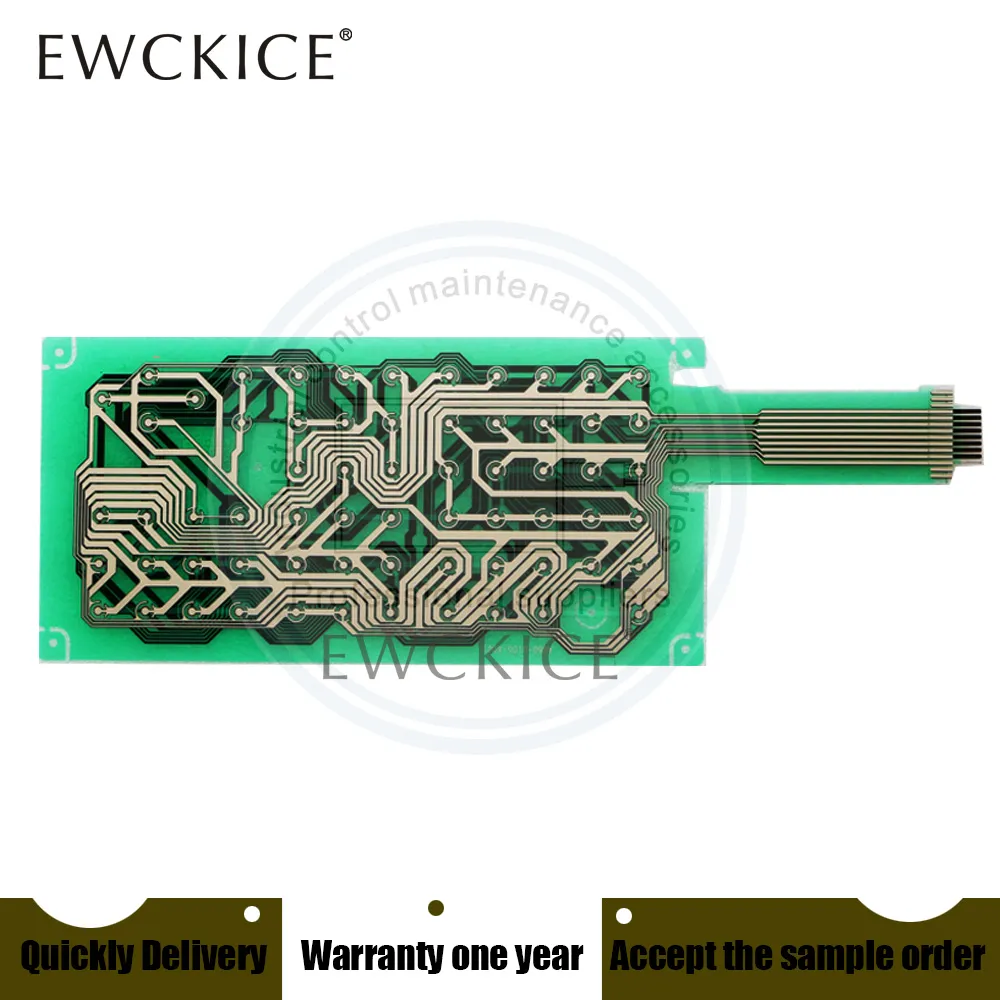Innovative Membrane Switch Solutions for Customized Control Panels
Innovative Membrane Switch Solutions for Customized Control Panels
Blog Article
Understanding Membrane Layer Switches Over: The Secret to Durable and Dependable Controls

What Are Membrane Switches?
Membrane switches are an advanced remedy in the realm of user interface innovation, integrating performance and layout flawlessly. These devices serve as an interface between users and electronic systems, integrating a number of components into a portable format. Usually built from versatile, slim layers of products, membrane switches are developed to react to touch, allowing individuals to communicate with machinery and electronic devices effectively.
The primary elements of a membrane layer button consist of a published circuit layer, graphic overlay, and a spacer layer that avoids unintentional activation. The graphic overlay can be customized to reflect brand name identification or individual preferences, enhancing aesthetic appeals while guaranteeing usability. Membrane buttons are frequently used in various applications, including clinical gadgets, consumer electronics, and commercial devices, owing to their sturdiness and resistance to environmental factors such as dampness and dust.
One of the vital advantages of membrane layer buttons is their ability to withstand damage, making them optimal for high-traffic atmospheres. Additionally, they are light-weight and need minimal area, enabling cutting-edge styles in product growth. In general, membrane switches over represent a efficient and functional choice for modern-day electronic user interfaces, marrying modern technology with user-centric design concepts.
How Membrane Layer Switches Work
The procedure of membrane switches over rest on a straightforward yet effective device that translates individual input right into electronic signals. These buttons contain several layers, usually including a graphic overlay, a spacer layer, and a circuit layer. When an individual presses the switch, the leading layer deforms, enabling a conductive component in the circuit layer to reach a matching conductive pad on the bottom of the graphic overlay. This get in touch with shuts the circuit and sends an electronic signal to the tool, indicating that the switch has been turned on.
The layout of membrane layer buttons can vary, but they commonly include domes or responsive elements to offer comments to the individual, improving the general experience - membrane switch. The products made use of in membrane layer buttons, such as polyester or polycarbonate, add to their resilience and resistance to environmental elements, including wetness and dust. Moreover, the published circuits are commonly enveloped, which shields them from damage with time.
Advantages of Membrane Layer Buttons

Furthermore, membrane layer buttons are recognized for their longevity. Constructed from robust materials, they are resistant to dust, dampness, and physical wear, which considerably expands their life expectancy contrasted to conventional mechanical switches. This durability makes them especially appropriate for high-traffic atmospheres and applications needing durability.
An additional substantial benefit is the ease of cleaning and upkeep. The smooth surface of membrane switches over decreases dust build-up and is often invulnerable to spills, making them optimal for settings that require constant sanitization.
Moreover, membrane switches offer a structured profile, causing a thinner style that can be integrated right into numerous gadgets without adding bulk. This attribute not just improves the visual charm yet likewise adds to a much more ergonomic product layout.
Applications of Membrane Layer Buttons
Straightforward and flexible, membrane buttons find applications across a vast array of markets, consisting see this here of clinical gadgets, customer electronic devices, and commercial tools. In the medical field, these buttons are integral to gadgets such as diagnostic equipment, client surveillance systems, and infusion pumps, where integrity and simplicity of cleansing are essential. Their ability to maintain and withstand rough atmospheres capability makes them perfect for such applications.

In customer electronics, membrane layer buttons are used in products visit this site right here like microwaves, washing devices, and remotes - membrane switch. Their sleek layout enables intuitive customer interfaces, boosting the total customer experience while giving resilience and resistance to tear and wear
Commercial devices additionally takes advantage of membrane layer buttons, particularly in control panels for machinery and automation systems. These buttons use security against dirt and moisture, guaranteeing regular performance in tough environments. Their personalized attributes allow producers to tailor them to certain functional requirements, boosting performance and capability.
Picking the Right Membrane Layer Change
When picking a membrane layer switch, it is necessary to consider various factors that influence efficiency and viability for details applications. The key factors to consider consist of ecological problems, tactile responses, resilience, and style specs.
First, evaluate the operating environment; buttons revealed to dampness, chemicals, or extreme temperatures require specific products to make sure longevity and functionality. Next off, examine the need for responsive comments. Depending on user communication, some applications may benefit from a responsive reaction to confirm activation, while others might choose a non-tactile layout for visual reasons.
Longevity is an additional vital factor; membrane layer switches need to be created to endure constant use, influences, and abrasion. Guarantee the selected switch can sustain the expected lifecycle, specifically in high-usage situations.

Final Thought
In final thought, membrane layer switches serve as essential elements in the layout of dependable and long lasting control systems throughout various markets. The convenience of membrane switches enables for customized solutions that meet certain functional demands, reinforcing their here are the findings importance in contemporary innovation.
Membrane layer switches represent a vital element of modern-day user interface layout, blending functionality with durability in different applications.Membrane buttons are an innovative remedy in the world of customer interface technology, combining functionality and design perfectly. Usually built from versatile, slim layers of products, membrane layer switches are created to respond to touch, allowing individuals to communicate with machinery and electronic devices efficiently.
The design of membrane buttons can differ, yet they usually include domes or responsive aspects to supply comments to the individual, enhancing the overall experience.In conclusion, membrane changes serve as vital components in the design of reliable and sturdy control systems throughout different industries.
Report this page